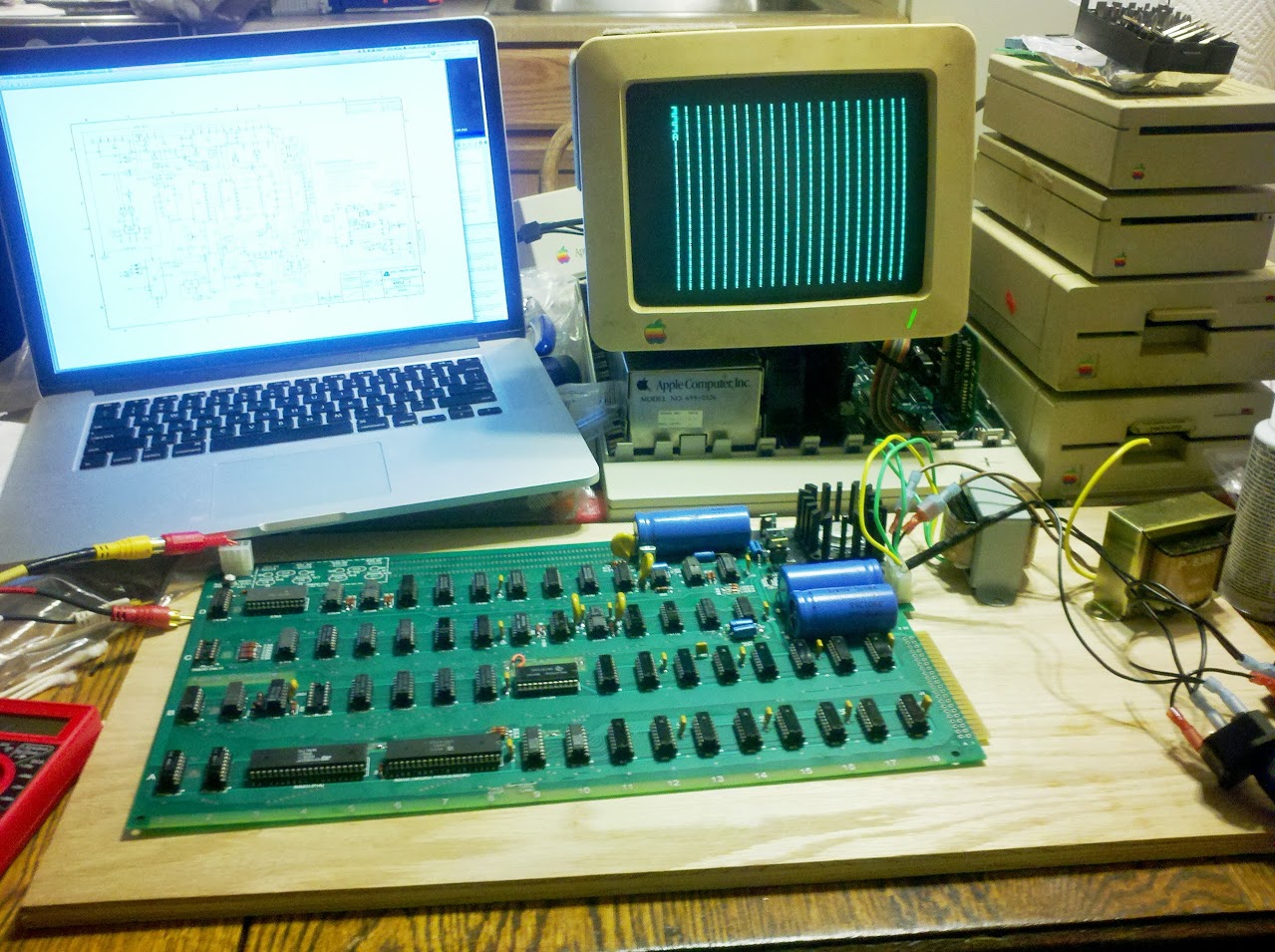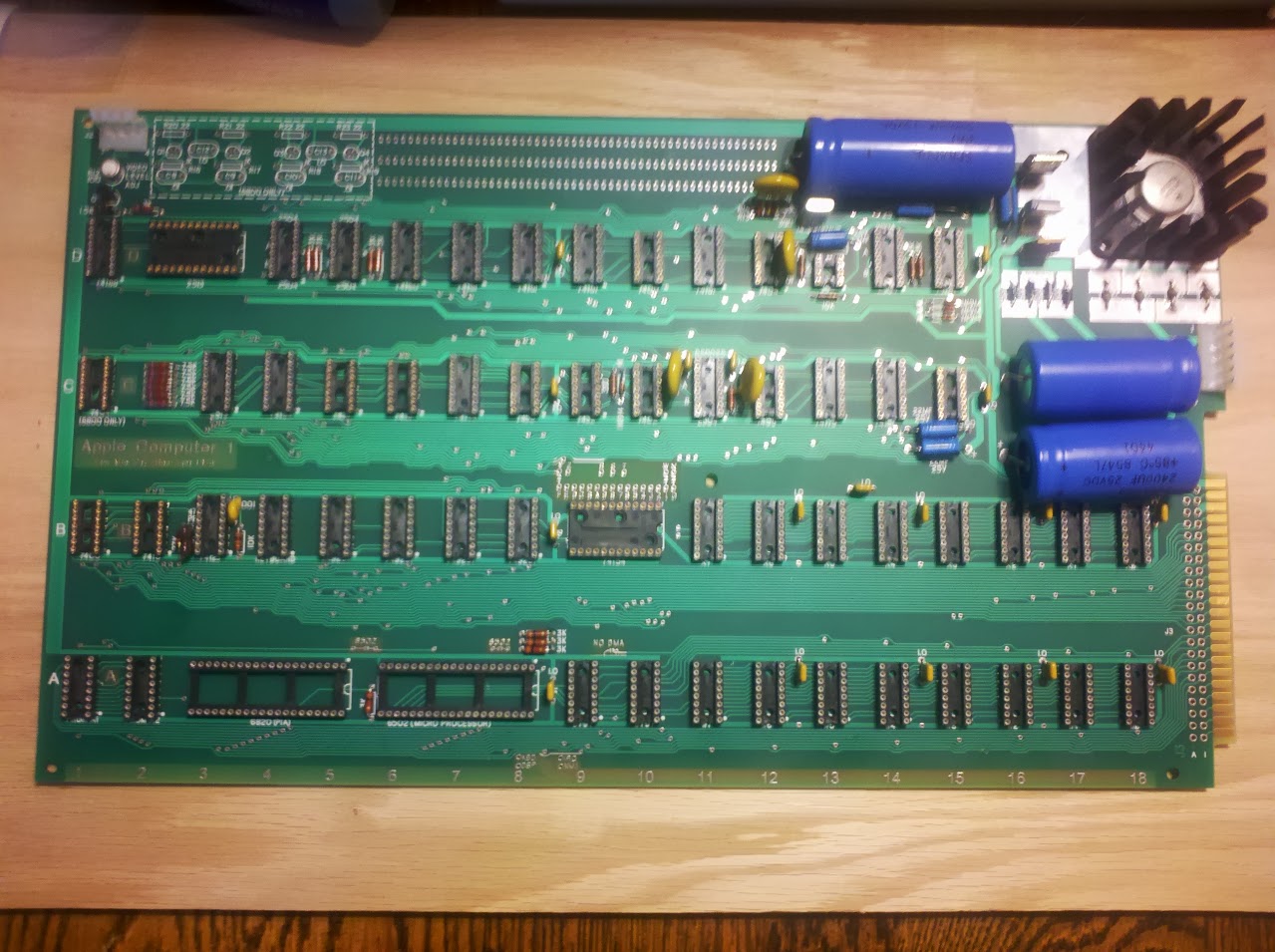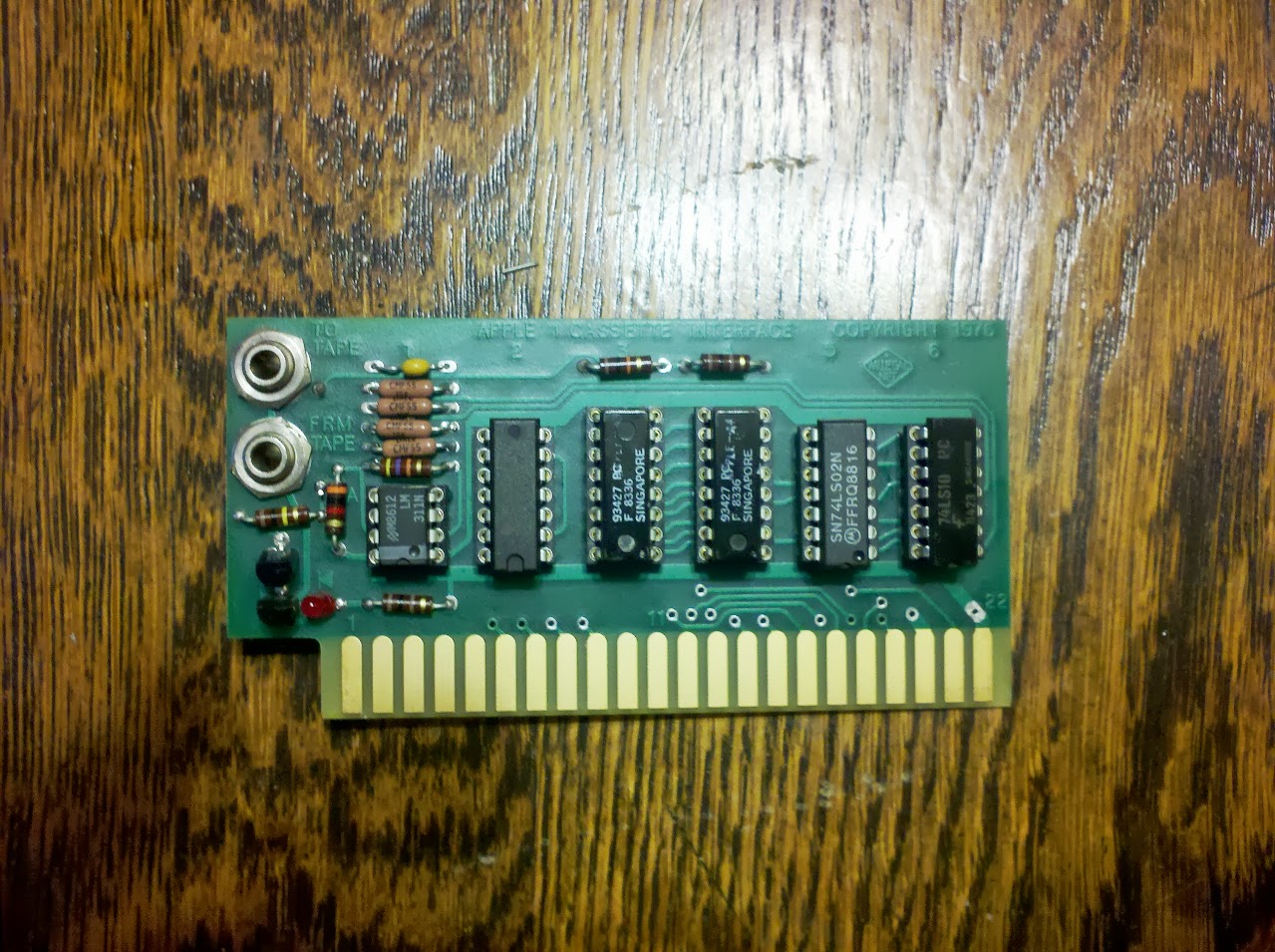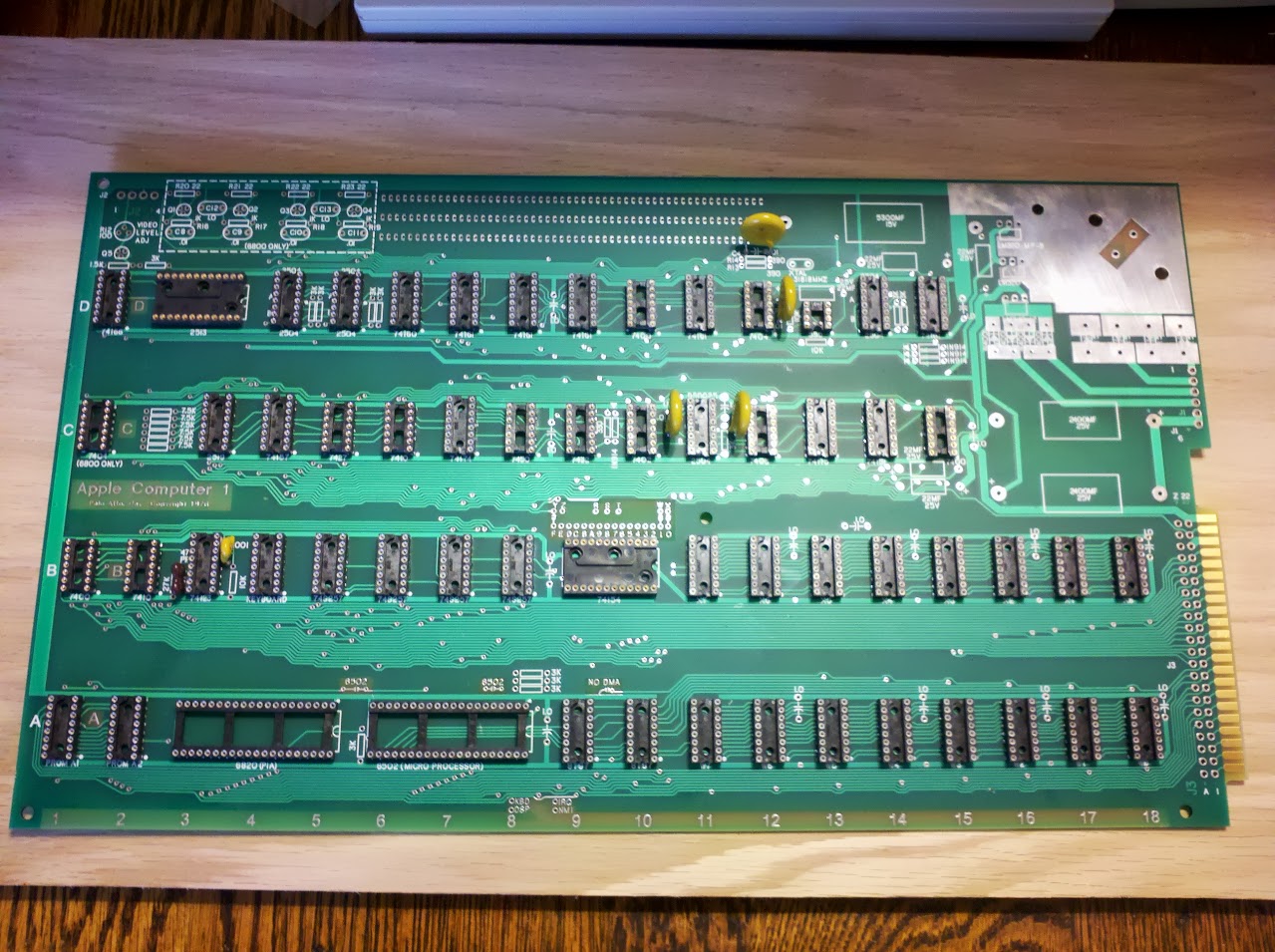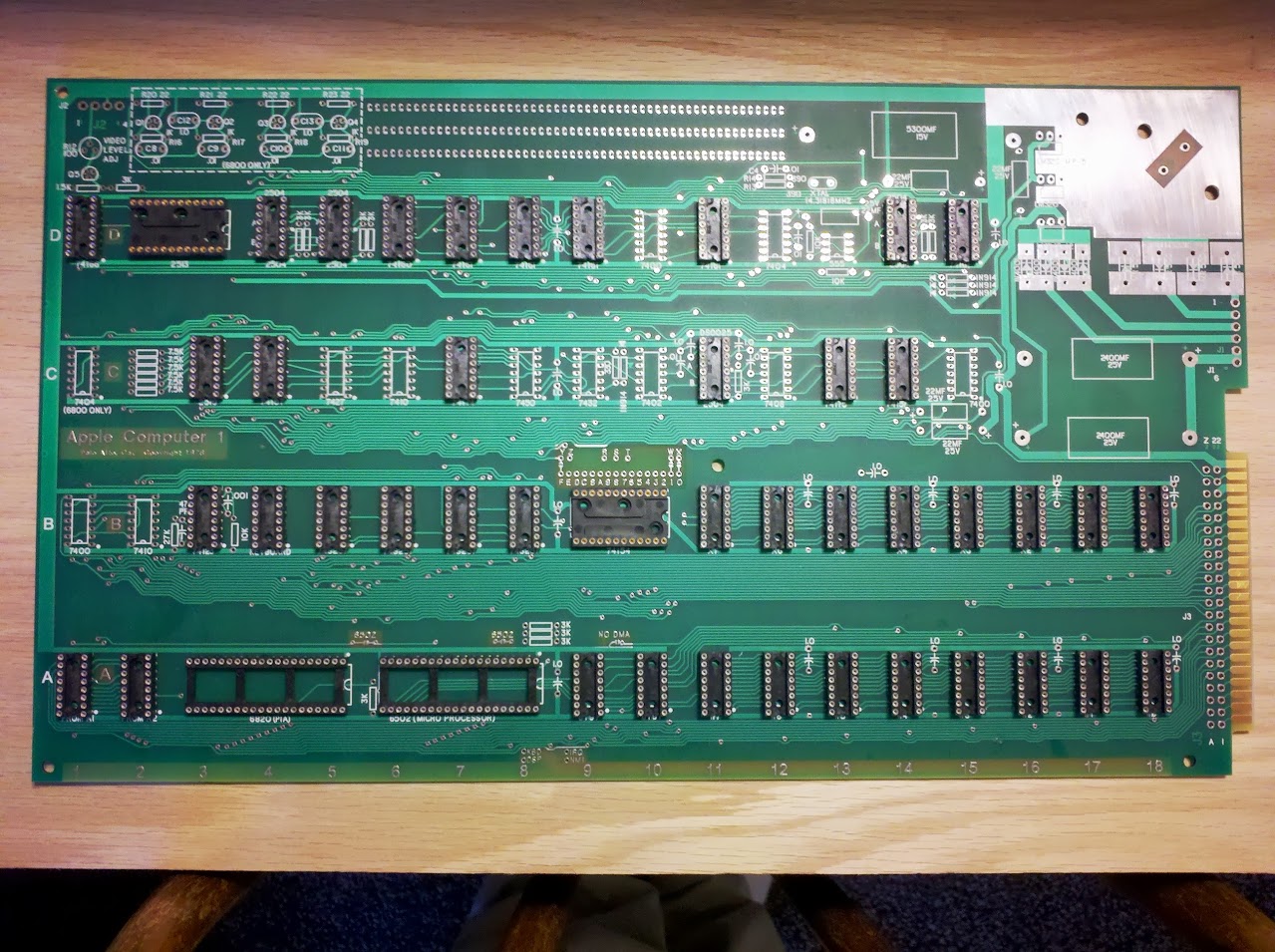If you found this article, you’ve probably gotten a DRIVER_IRQL_NOT_LESS_OR_EQUAL (aka STOP 0x000000D1 or 0xD1) error on fetnd5.sys when PXE booting Windows XP on a VIA EPIA 5000 or 800, or any other motherboard with a VT6103 ethernet controller. This may even apply to any other VIA Rhine ethernet controller. (Really, I’m writing this blog post because I ran into this for the second time, and want the answer to be in search engines, instead of buried in years-old IRC logs.)
Continue reading “Windows XP PXE booting of first-gen VIA EPIA boards, and how not to get a BSOD”Web 1.0, and this blog
You may notice that this blog looks a lot older than it did last time you looked at it. Continue reading “Web 1.0, and this blog”
Benchmarking Microsoft BASICs
I decided it’d be an interesting project to try to benchmark the Microsoft BASICs – I’ve always seen the claim that QBASIC was slower than QuickBASIC, and I thought I’d put that to the test. Continue reading “Benchmarking Microsoft BASICs”
Flashing linear flash cards – quick notes
I recently bought an HP OmniBook 430 that needed a system ROM card, which has to be on a linear flash card. Continue reading “Flashing linear flash cards – quick notes”
The latest incarnation of my mainframe
So, I finished resurrecting my mainframe the other day.
When I was in Kansas City for KansasFest, I bought an RS/6000 7011-250, which uses the smallest chassis capable of holding 32-bit MCA cards that IBM ever produced – for comparison, I’d say it’s about the size of a Quadro 610 or Power Mac 6100, albeit a bit deeper. (It was also the first PowerPC machine ever produced (predating the PowerPC Macs by a few months), using a 66 or (in my machine) 80 MHz CPU.) This allowed me to physically downsize the machine significantly with minimal loss in functionality.
I installed the P/390 card set and installed AIX while at KansasFest, but was unable to get the mainframe actually running for several reasons. Ended up putting the project on hold for various reasons (including building the Mimeo).
Lately, decided to get back at it. Continue reading “The latest incarnation of my mainframe”
WOOOOOOOOO(ish)!!!!!
Decided to build the AC side of the power supply today. Powered on, voltages looked good, no magic smoke, nothing getting hot.
That went well, so I decided to stuff the video section and power it on again. (Pardon the filthy monitor, I had to grab an old clunker from my storage unit, I didn’t want to risk the Dell 2001FP, nor did I expect it to take that signal well.)
Clearing the video had an interesting problem, though – once I removed the clear jumper and the video returned, the underscores went away, but the blinking @ signs didn’t!
Anyway, I decided to continue onto the processor section – the video section behaving like that was actually promising, because it was almost all working.
Resetting the processor showed that it was definitely working, and the video section was even responding to the processor section – a line of @ signs would get replaced by slashes, for instance.
With a study of the schematic, I decided to figure out what would cause this problem… and decided to swap the 2504 that holds cursor position with one of the ones that holds character bits. Sure enough, the problem moved:
So, I now have a working(ish) Apple-1 clone. Tomorrow’s project will be to put the finishing touches on the board – solder the slot connector on, solder jumpers for the cassette interface and BASIC RAM, install the ACI, and celebrate (even though that shift register needs replaced).
The project won’t be done, though (and the computer won’t really be usable until some of this is done, and it definitely won’t be safe due to the AC section being exposed) – I need to get a keyboard encoder (waiting on a solution for that one), get a slot expander, wait for the CFFA1 to arrive, and work on my case (which will be a stained oak base, with 4″ aluminum standoffs supporting a plexiglas top above the board and power supply, and a plexi case around the AC section of the power supply). Also, I’ll do a similar, much smaller case for the ][ Plus keyboard.
All soldering except slot connector COMPLETE!
I know, it’s an out of focus cell phone shot, but I’ve already got it drying after cleaning the flux, and don’t want to take another shot.
Resolution on the capacitor issue was simply going ahead and using the supplied caps, as they should not negatively (and may positively) affect function, and will only negatively affect authenticity, of which this has none anyway, so…
Yes, I got the top 2400 µF cap so that you can’t read the printing on it. Purely a cosmetic issue, kicking myself for doing it, and I caught it too late to easily fix it. (I could obviously fix it now, but it’d generally be a pain, and some of that is on the ground plane section of the power supply, which is a bear. Not as bad as the 7905’s ground section, but bad.)
Plan for tomorrow: build the AC side of the power supply (that is, wire up the transformers), and go for first power up to test the power supply section.
Built the cassette interface
Hit a stopping point due to wrong components…
All sockets are in, so I’m to chapter 2, step 10 of the assembly guide – the installation of the seventeen 0.1 µF decoupling capacitors.
Here’s the problem: Unicorn shipped 1.0 µF caps. This matches the silkscreen on the PCB, but the Mimeo manual makes a point of mentioning that real Apple-1 computers used 0.1 µF instead. I could actually install the incorrect caps, and it’d probably be fine, but I’ll wait for Unicorn.
In any case, step 11 (installing the other six small caps) isn’t actually dependent on step 10, so I went ahead and did it. The next step is another power/ground short check, and while I could easily continue on (really, if I wanted to, all the way to initial power-up, because the decoupling caps aren’t a factor until I start stuffing chips in), I figure it’s best to stop here, so I don’t deviate too far from the manual (and then have more work to do to diagnose a fault if I do mess up).

